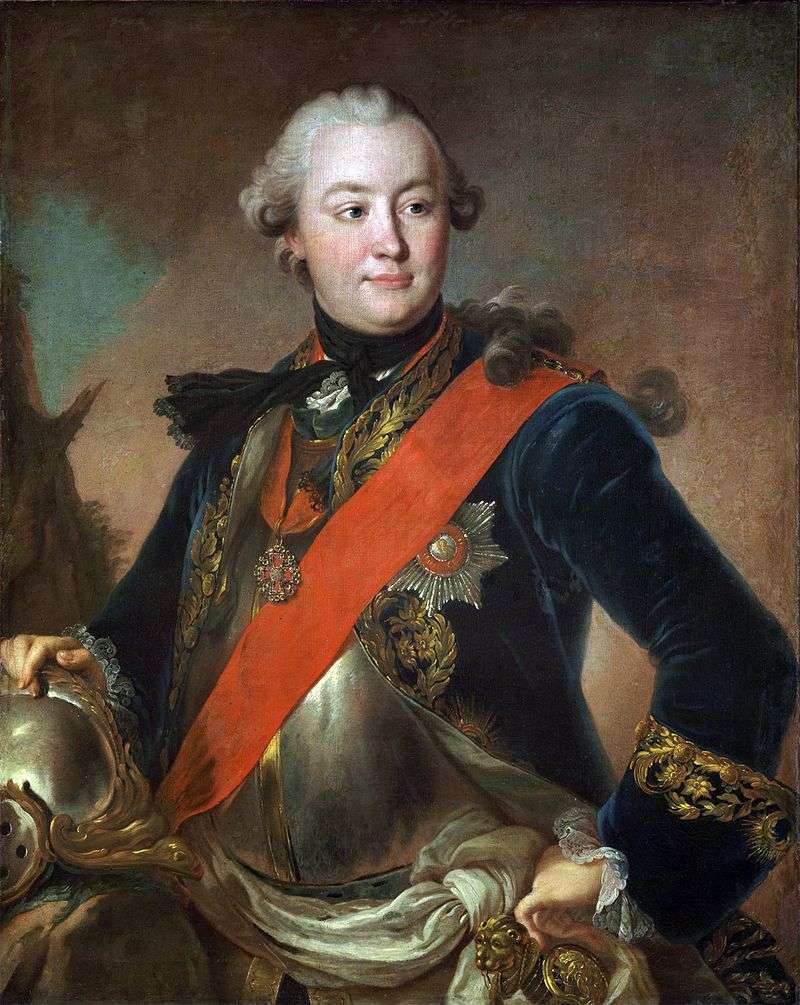
The portrait of Count G. G. Orlova in armor was long attributed to L. Toke, a French artist at the court of Elizaveta Petrovna. A. V. Lebedev belongs to the attribution of the work of F. S. Rokotov and the new dating of the portrait. The researcher rightly noted that “Tok could not write a portrait of Orlov, because the artist left Russia in 1758, when G. Orlov was still” the lowest army officer and nothing more than a lieutenant “who was in the war, and his image in the ribbon of the Order could be written only after the elevation, that is, not earlier than the second half of 1762. Rokotov’s portrait corresponds precisely to this period, since Catherine’s favorite flaunts those very honorary signs that he received in 1762. Grigory Grigorievich Orlov – one of five brothers ozvysivshihsya under Catherine II.
In 1759, Orlov, replacing Stanislav Ponyatovsky, became the favorite of Catherine Alexeevna, then crown prince. He was, of course, an extraordinary man: a hero, a strong man, a brave officer, “certainly the most handsome man of the empire,” so said his crowned lover about him. Desperately courageous and decisive, Orlov, together with his brothers, became the force that installed Cather II to the throne at the coup d’état on June 28, 1762. In gratitude, the new empress bestowed Orlov a count of dignity and huge estates. Grigory Grigorievich, in addition, received the rank of a real chamberlain of the court, which in the army corresponded to the rank of major general.
The portrait of Orlov is depicted at the moment when he is at the zenith of success and fame. There is neither mysterious Rokotov’s nebula, nor complex shades of color on the canvas – everything is extremely clear, and so the researchers doubted for a long time whether Rokotov wrote this thing: then, as was expressed by I. Grabar, “rokotoids” hung a lot in museums. On a rokotovsky canvas, a simple warrior warrior, just an influential nobleman with orders and other signs of high status. He is in armor, which already in that era looked like a sham; the right hand lies gracefully on the helmet, and the left, with a pretentiously set aside little finger, lies on the hilt of the sword. With all the ceremonial character conveyed accurately: visible and strength, and power, and the determination of the guardsman, “in the case.”
Grigory Grigorievich long remained unwed husband of Catherine II. The fruit of their love was the son Alex, who later received the surname Bobrinsky and the title of count. , performed by Rokotov.) Probably, they also had a daughter, Natalia, later Countess Buksgevden. Orlov tried to enter into legal marriage with Catherine II, the matter was discussed at court, but crafty advisers intervened, who eventually upset the leader’s plan. The Empress built a marble palace for her “heart friend”, secured the title of Prince of the Roman Empire, presented a castle in Ropsha before the disgraces.
Manor Orlovyh near Moscow became Semenovskaya Joy. In 1771, Orlov suppressed the “plague” riot in Moscow. During the first Turkish War, he put forward a plan for the liberation of Greece and insisted on sending a fleet to the Mediterranean. Then he headed the delegation sent to conclude a peace treaty, but, taken out of patience with diplomatic delays, interrupted the negotiations, which caused the empress’s displeasure. His place under Ekaterina Alekseevna was already taken by Vasilchikov, and Orlov had to temporarily leave Petersburg. From 1775, he was retired, finally losing his influence after the elevation of G. A. Potemkin, with whom, according to many testimonies, the queen was secretly married. Grigory Orlov did not have a distinguished state mind, but he tried to supplement his education in the natural sciences.
The former dashing guardsman was one of the founders of the Free Economic Society, which, on his initiative, announced a topic for public discussion: “Is the giving of property to the peasants useful?” Orlov himself wrote a work on agronomy, which contains many wise tips on caring for the land. He participated in the Commission on the drafting of the Code and was elected to the marshals of the commission, but refused this title. In 1777, Orlov married his cousin Ekaterina Nikolaevna Zinovieva, the Empress’s maid of honor. However, the marriage was short: four years later, Ekaterina Nikolaevna died. After her death, Orlov fell into a mental disorder and also died in 1783. Progeny Orlov did not leave
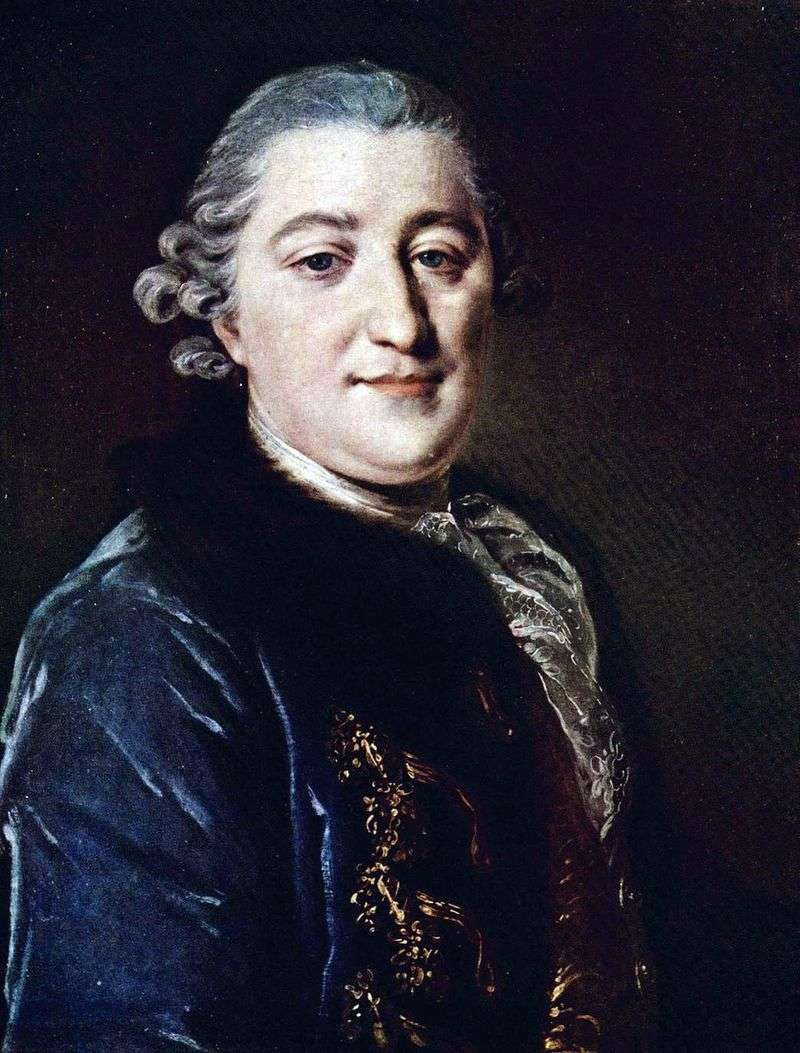 Portrait of Count Ivan G. Orlov by Fyodor Rokotov
Portrait of Count Ivan G. Orlov by Fyodor Rokotov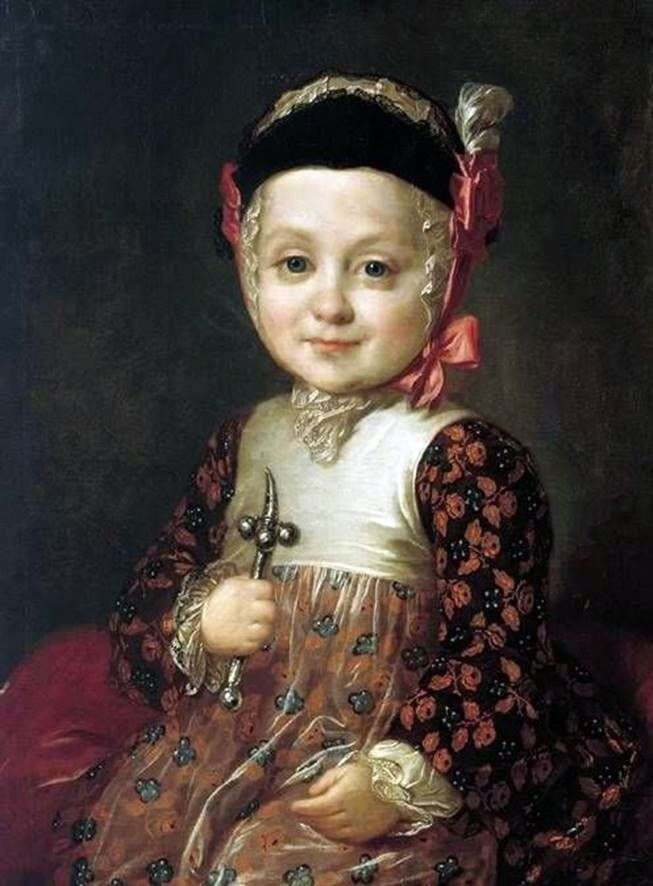 Portrait of A. G. Bobrinsky in childhood by Fedor Rokotov
Portrait of A. G. Bobrinsky in childhood by Fedor Rokotov Retrato del conde G. Orlov en Lats – Fedor Rokotov
Retrato del conde G. Orlov en Lats – Fedor Rokotov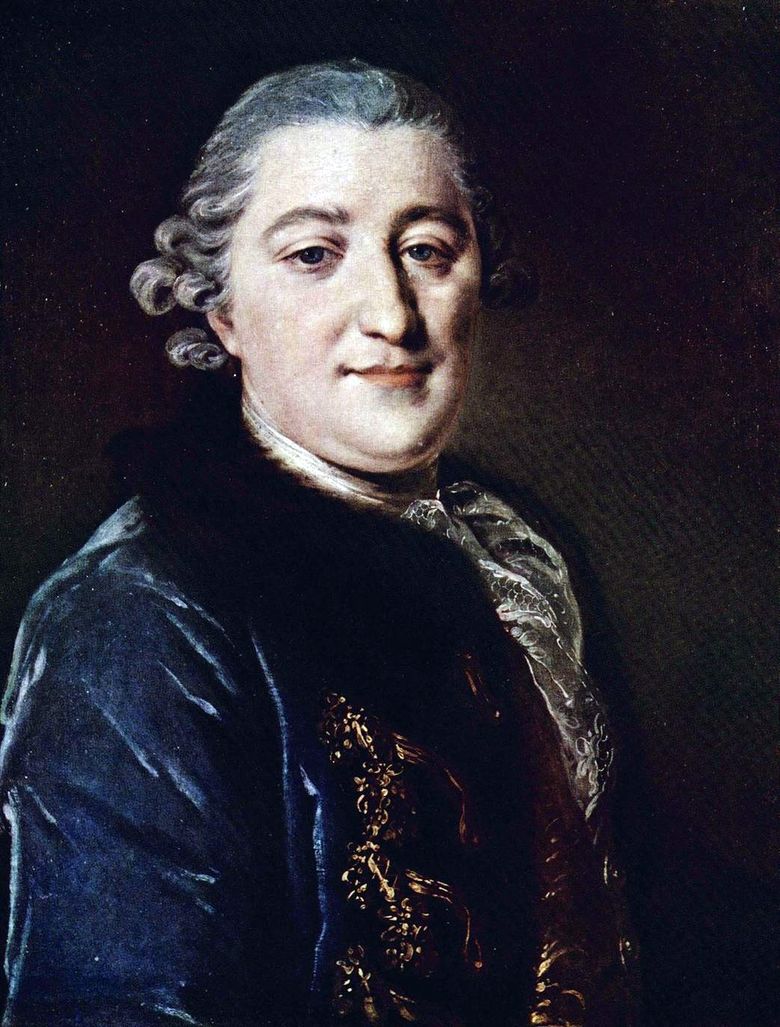 Portrait du comte Ivan G. Orlov – Fedor Rokotov
Portrait du comte Ivan G. Orlov – Fedor Rokotov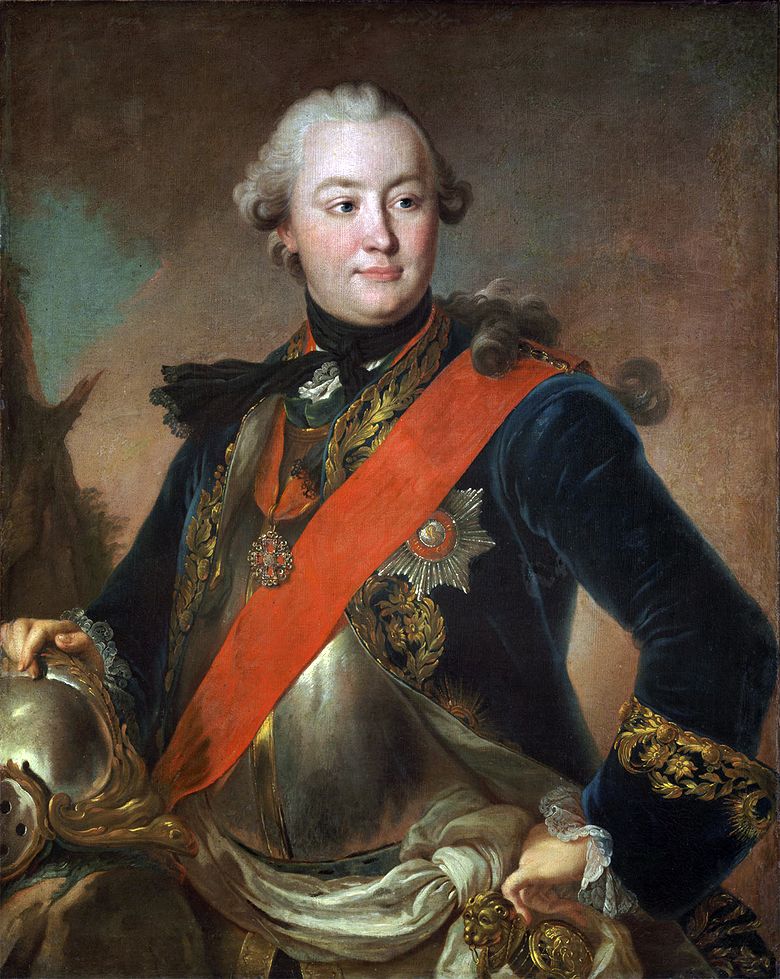 Portrait du comte G. G. Orlov en armure – Fedor Rokotov
Portrait du comte G. G. Orlov en armure – Fedor Rokotov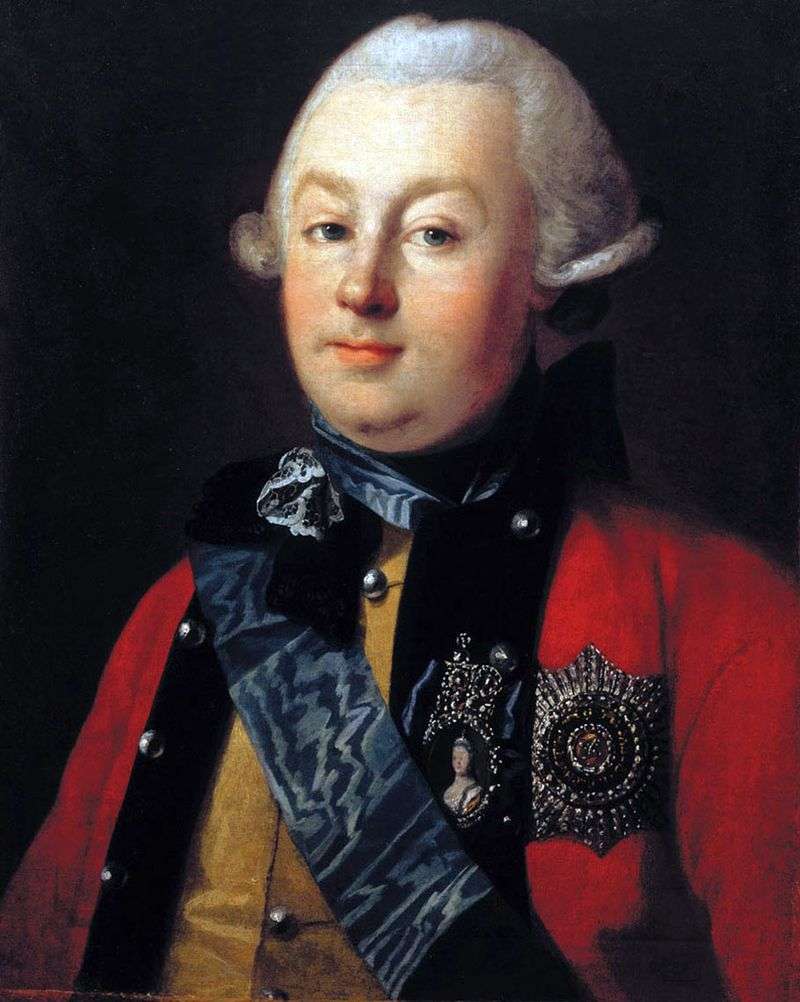 Portrait of Prince GG Orlov by Karl Ludwig Christinek
Portrait of Prince GG Orlov by Karl Ludwig Christinek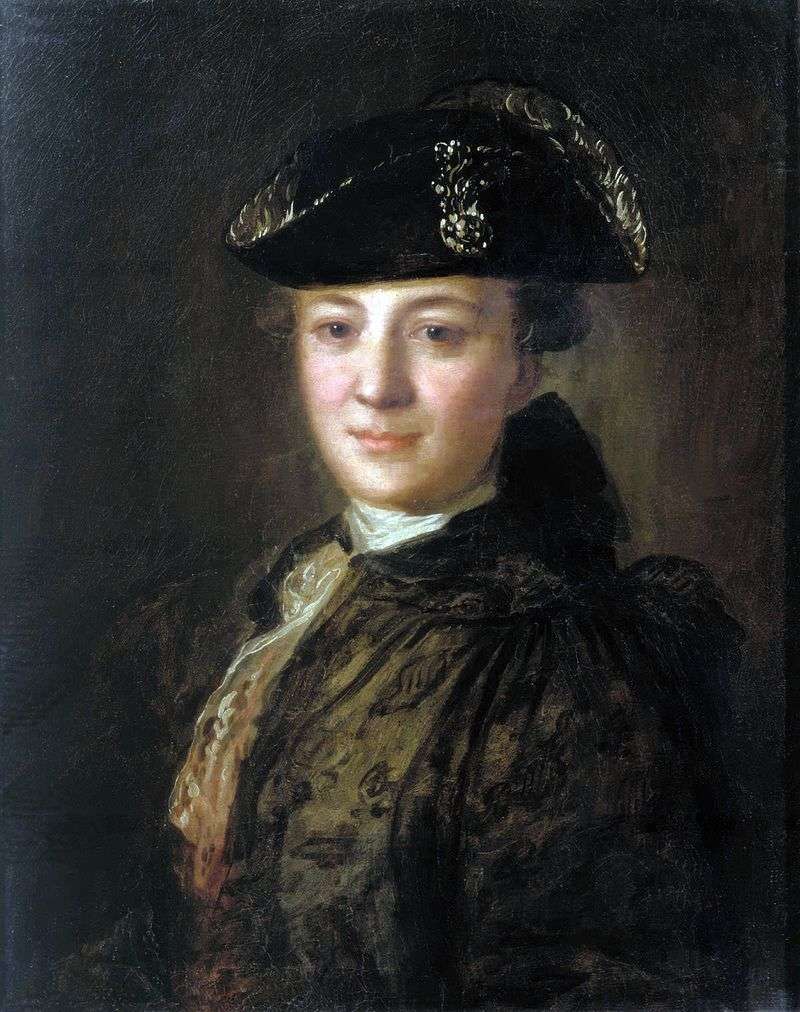 Portrait of an unknown in a cocked hat by Fedor Rokotov
Portrait of an unknown in a cocked hat by Fedor Rokotov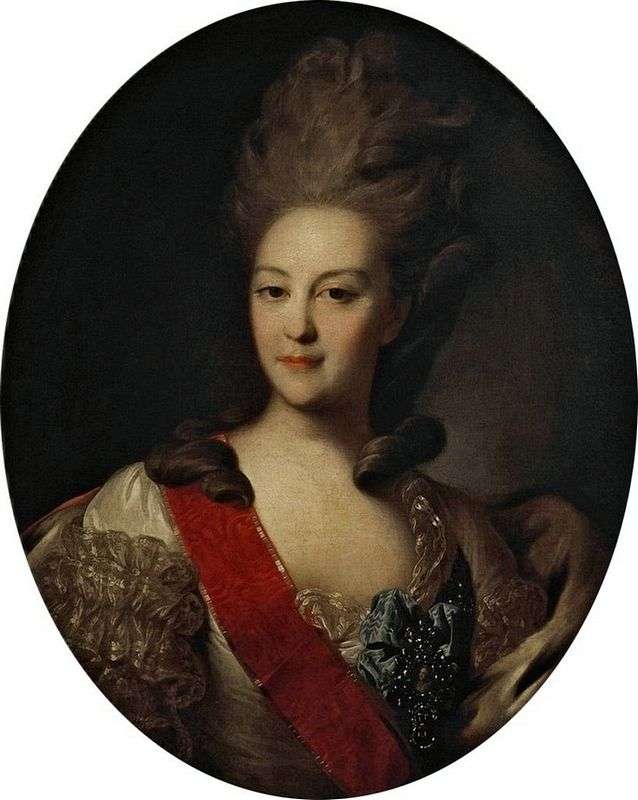 Portrait of E. N. Orlova by Fedor Rokotov
Portrait of E. N. Orlova by Fedor Rokotov